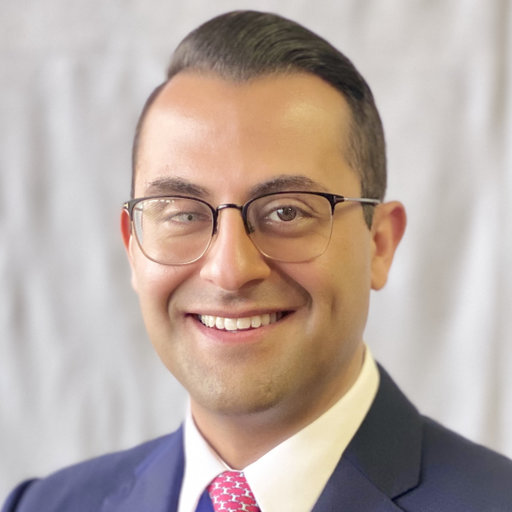Deciphering Breakthroughs in Stroke Treatment: Dr. Ameer Hassan’s Critical Insights
Stroke, a leading cause of disability and mortality worldwide, continues to pose significant challenges to healthcare systems and clinicians alike. However, amidst these challenges, breakthroughs in stroke treatment have emerged, offering new hope for patients and practitioners. Dr Ameer Hassan, a distinguished expert in neuroendovascular medicine, dissects contemporary stroke treatment breakthroughs, providing crucial insights into their impact on patient care and outcomes.
Central to understanding contemporary stroke treatment breakthroughs is the recognition of the evolving treatment landscape, particularly in the realm of acute ischemic stroke. Dr. Hassan highlights the paradigm shift brought about by endovascular thrombectomy, a minimally invasive procedure that has revolutionized the treatment of large vessel occlusions. By mechanically removing blood clots from blocked arteries, endovascular thrombectomy restores blood flow to the brain, reducing the risk of disability and improving long-term outcomes for stroke patients.
One of the key insights Dr Ameer Hassan offers is the importance of patient selection and timely intervention in achieving optimal outcomes with endovascular thrombectomy. He emphasizes the role of advanced imaging techniques, such as CT angiography and perfusion imaging, in identifying eligible patients and guiding treatment decisions. By accurately assessing the extent of brain tissue at risk and the likelihood of treatment success, clinicians can prioritize patients who stand to benefit most from endovascular thrombectomy, maximizing the impact of this breakthrough therapy.
In addition to endovascular thrombectomy, Dr. Hassan explores the role of neuroprotective strategies in minimizing brain injury and optimizing outcomes in acute ischemic stroke. From neuroprotective agents to therapeutic hypothermia and neurorehabilitation interventions, these approaches aim to mitigate the secondary cascades of injury that occur following stroke, preserving brain function and enhancing recovery. Dr. Hassan underscores the importance of ongoing research and clinical trials in evaluating the efficacy of these strategies and identifying new avenues for improvement in stroke care.
Another area of focus in contemporary stroke treatment breakthroughs is the integration of telemedicine and digital health technologies into stroke care delivery. Dr. Hassan discusses the transformative impact of telestroke programs, which allow remote clinicians to rapidly assess and triage stroke patients, facilitating timely access to advanced treatments such as intravenous thrombolysis and endovascular thrombectomy. By leveraging telemedicine platforms and mobile health applications, clinicians can extend the reach of stroke expertise to underserved communities and rural areas, narrowing disparities in access to stroke care and improving outcomes for all patients.
Looking ahead, Dr. Hassan sees immense potential for further advancements in stroke treatment, driven by ongoing research, technological innovation, and collaborative efforts across disciplines. From novel therapeutics to personalized treatment approaches and precision medicine strategies, the future holds promise for continued improvement in stroke care delivery and outcomes. Yet, amidst the excitement of these prospects, Dr. Hassan emphasizes the importance of maintaining a critical eye and evidence-based approach, ensuring that breakthroughs in stroke treatment translate into meaningful benefits for patients worldwide.
In conclusion, Dr Ameer Hassan insights offer a comprehensive overview of contemporary stroke treatment breakthroughs, shedding light on their significance and implications for patient care. By dissecting the latest advancements in stroke treatment, Dr. Hassan provides crucial guidance to clinicians and researchers seeking to optimize outcomes for stroke patients and advance the field of stroke care delivery.

